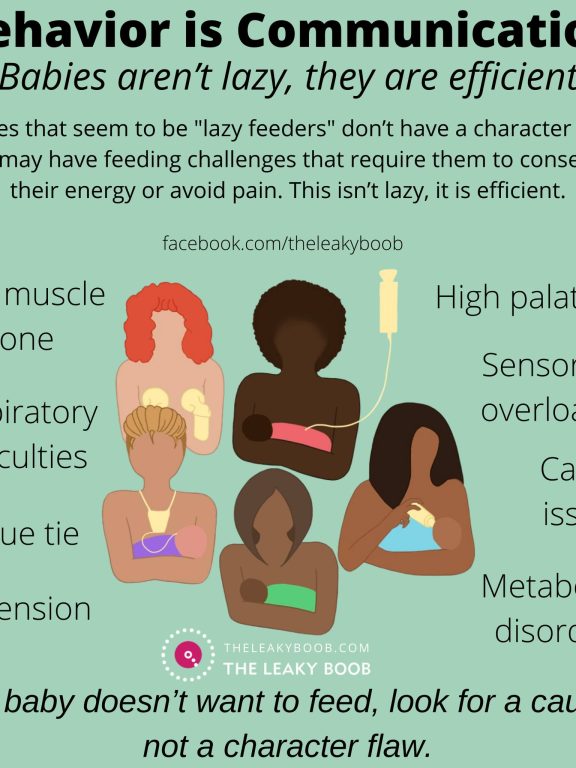Hate Breastfeeding? 10 Steps That May Help This Rarely Talked About Condition (Breastfeeding Aversion and Agitation/Nursing Aversion)
What can you do when breastfeeding makes your skin crawl?
There’s little worse than expecting an experience to be special and positive only to have it turn painful and traumatic. Particularly when the experience is a regular reoccurring one with your child that you had hoped would be bonding and maybe even fulfilling while providing nutrition and comfort for your child. Nursing aversion or breastfeeding aversion and agitation can be a surprising complication in breastfeeding. For me, nursing aversion made me question if I was even fit to be a parent and how I could have such negative feelings when feeding my child. I even wondered if I loved her. Every time my baby would latch it made my skin crawl. She loved breastfeeding and I had to use deep breathing exercises just to get through it. My boobs wanted to run away. I wanted to run away. Such a complex experience can have far reaching consequences not only on the actual breastfeeding relationship but on the parent’s perception of themselves, their competency, their parenting, and their relationship with their child.
I wrote about When Breastfeeding Makes Your Skin Crawl here. So what can be done about it?

From breastfeedingaversion.com “Breastfeeding / Nursing Aversion & Agitation (BAA) is a phenomenon whereby breastfeeding / pumping mothers experience negative emotions triggered whilst breastfeeding, these include anger, rage, agitation and irritability.”
Breastfeeding aversion and agitation (BAA) or nursing aversion (NA) run on a spectrum from very mild and intermittent to severe and overwhelmingly constant through breastfeeding. Additionally, this range of severity can shift and evolve over time, becoming more intense as the child gets older or lessening as the baby becomes more skilled at breastfeeding. This can make the experience confusing as the parent may have once loved and enjoyed breastfeeding and suddenly find themselves in fight or flight during breastfeeding.
(For more on what breastfeeding aversion is and risk factors, see here.)
Because sometimes letdown can be inhibited by discomfort and pain, there is reason to believe that BAA/NA may interfere with letdown. In turn, a slower, delayed letdown may frustrate the nursling possibly causing them to be fidgety, tug at the breast, unlatch and re-latch, knead the breast, twiddle the other nipple, and other behaviors in an attempt to stimulate milk flow. This additional stimulation may trigger more negative sensations for the breastfeeding parent, intensifying their discomfort and agitation. BAA/NA should not be confused with Dysphoric Milk Ejection Reflex which is brought on by letdown and usually only lasts briefly, easing through the feed.
Though not frequently talked about and poorly understood due to a lack of research and information, BAA/NA can have a profound impact on whether or not a breastfeeding parent reaches their breastfeeding goals. Nursing aversion may lead to premature weaning (stopping breastfeeding before the parent desired) which may lead to guilt, shame, anger, resentment, anxiety, and depression.
With BAA/NA, the breastfeeding relationship may be at risk as well as the parent’s emotional well-being and mental health. Families may find themselves feeling isolated and struggling, desperate for relief. Resentment may build and frustration toward breastfeeding or the child may begin to creep in.
What may help?
If the parent suffering from BAA/NA is able to identify what may be the root cause for them, there may be some steps they can take to help. Sometimes though, nothing much helps but it may ease with time. This often is the case for BAA/NA triggered by pregnancy hormones. For some it may not improve until weaning. If you want to continue breastfeeding and are not ready to wean, the following points may provide some relief:
- Assess the latch- have someone (a breastfeeding helper such as an IBCLC) help. A poor latch can cause pain and discomfort. This isn’t just for newborns, the latch can change as your little one grows and it may need to adjusted.
- Distract yourself- If you can, read a book, play a game on your phone or other device, watch a show, have a conversation with someone, eat something, etc. Give your mind something else to focus on until the end of the feed.
- Set boundaries and limits- depending on the age of your nursling, set appropriate boundaries and limits such as how long you’ll allow a feed to go, where you are willing to nurse, etc. For older babies and toddlers, boundaries in the breastfeeding relationship are appropriate and a natural step in parenting.
- Rest- This may sound impossible for parents but rest, getting a good amount and quality of sleep can go a long way in relieving nursing aversion. Lack of sleep can make symptoms much worse.
- Drink up- Increase your fluid intake throughout the day. If you don’t like water, find a drink you do like (keep in mind sugar and caffeine are diuretics so balance your fluid options) or eat foods that have a high water content such as melons and other fruits.
- Check your nutrition- Are you eating well? Regularly? Nutritious foods? It is easy to neglect ourselves as parents, be sure you feed yourself well. There is some evidence that B12, Magnesium and Vitamin D may help, particularly if the aversion seems to be connected to your menstrual cycle.
- Take a break- Some time off from being the primary care provider, time away from breastfeeding and children. Alone time if possible. You may have to get creative to find something that works but ask for help from friends and family or hire a helper. Small moments during the day (I hide in my closet a couple times a day to take a deep breath and eat a piece of my favorite chocolate) as well as longer chunks of time free of parenting responsibilities.
- Practice breathing- Centering breaths or meditation both away from breastfeeding and during breastfeeding may help.
- Get hormonal- Many who experience BAA/NA find that it coincides with hormonal shifts in their bodies such as pregnancy, ovulation, and menstruation. Having hormone levels tested may provide some information regarding balance that may be helpful in finding relief.
- Talk about it- Share your experience with other breastfeeding parents. Peer support is one of the most effective means of addressing BAA/NA and you may find that others have additional ideas on how to find some relief.
Research is needed to better understand this almost never talked about condition. There is so much that is not known or understood about BAA/NA. Nobody should ever feel alone in BAA/NA, by sharing our personal experiences with our communities and health care providers, we can help others in their own journeys. Seeing an experienced lactation consultant and talking with a health care provider may provide other solutions and support sufferers in determining what is right for them.
For me, the solution was a combination of factors. Understanding I wasn’t alone and that it was real and I wasn’t a hateful parent and I deserved grace for my experience was key. That unlocked some emotional energy to think more creatively and try steps that fit my goals, values, and purpose. Essential for me was taking a magnesium supplement and making some dietary adjustments like cutting back on sugar and caffeine and increasing my physical activity. As my child was a toddler, being vigilant about her latch, correcting it any time it was compromised helped me stay ahead of the aversion a little longer in nursing sessions. Boundaries and distraction were the final measure that not only made it possible for me to reach my feeding goals, they also gave me room to enjoy those feeding sessions again.
For two of my children I chose to gradually and gently stop breastfeeding when the nursing aversion I experienced was so intense I felt it was beginning to compromise my relationship with my child. When I had tried all the steps above and then some, I made the decision to prioritize my relationship with my child over achieving the breastfeeding goals I had set for myself. With both of them, they did nurse a little bit after their new baby sibling was born. While I was sad to end that journey before I had planned, I don’t regret gently weaning them and I’m grateful that we were able to do so in a way that supported our strong connection in new and meaningful ways.
Are you ready to learn about your options for gentle weaning? Get started here.
Nobody can tell someone dealing with aversion what is right for them. It is a unique and individual experience every time. Experiencing BAA/NA isn’t a failure or mean someone is a bad or unloving parent. Aversion to nursing isn’t something anyone would choose or create for themselves. This poorly understood condition is real and requires real solutions that fit the unique and individual situation. The best person to determine what that should be is the one living through it.










